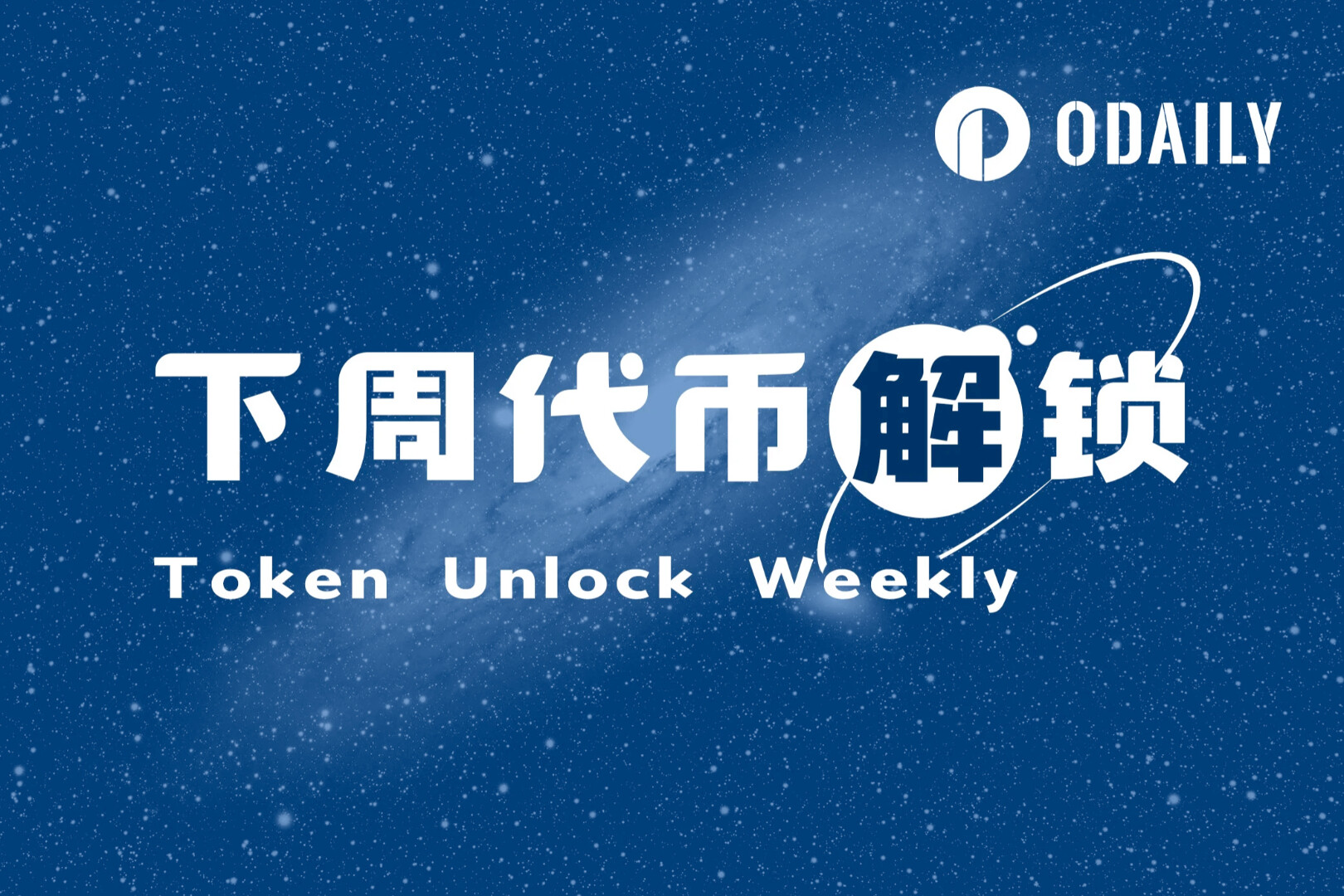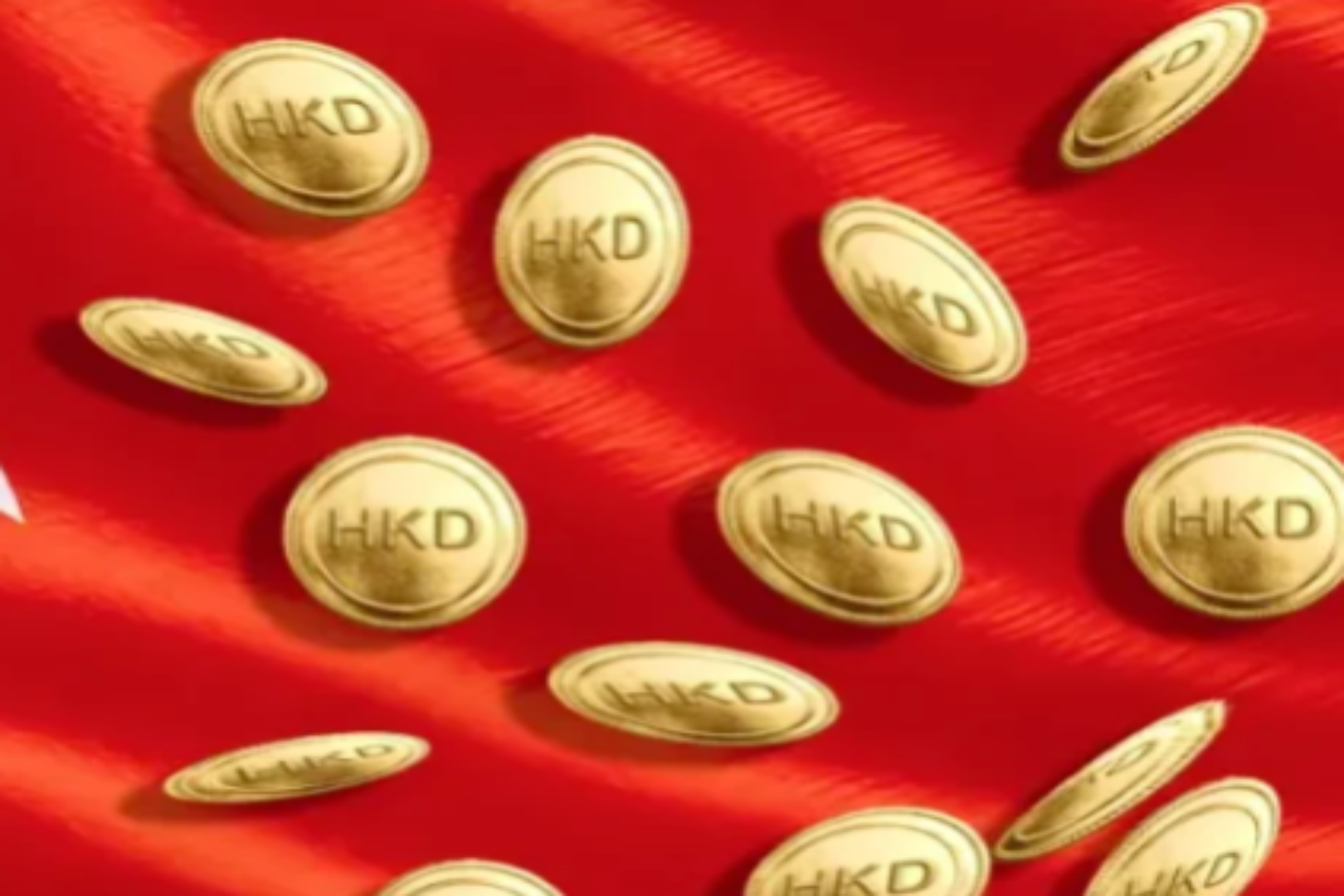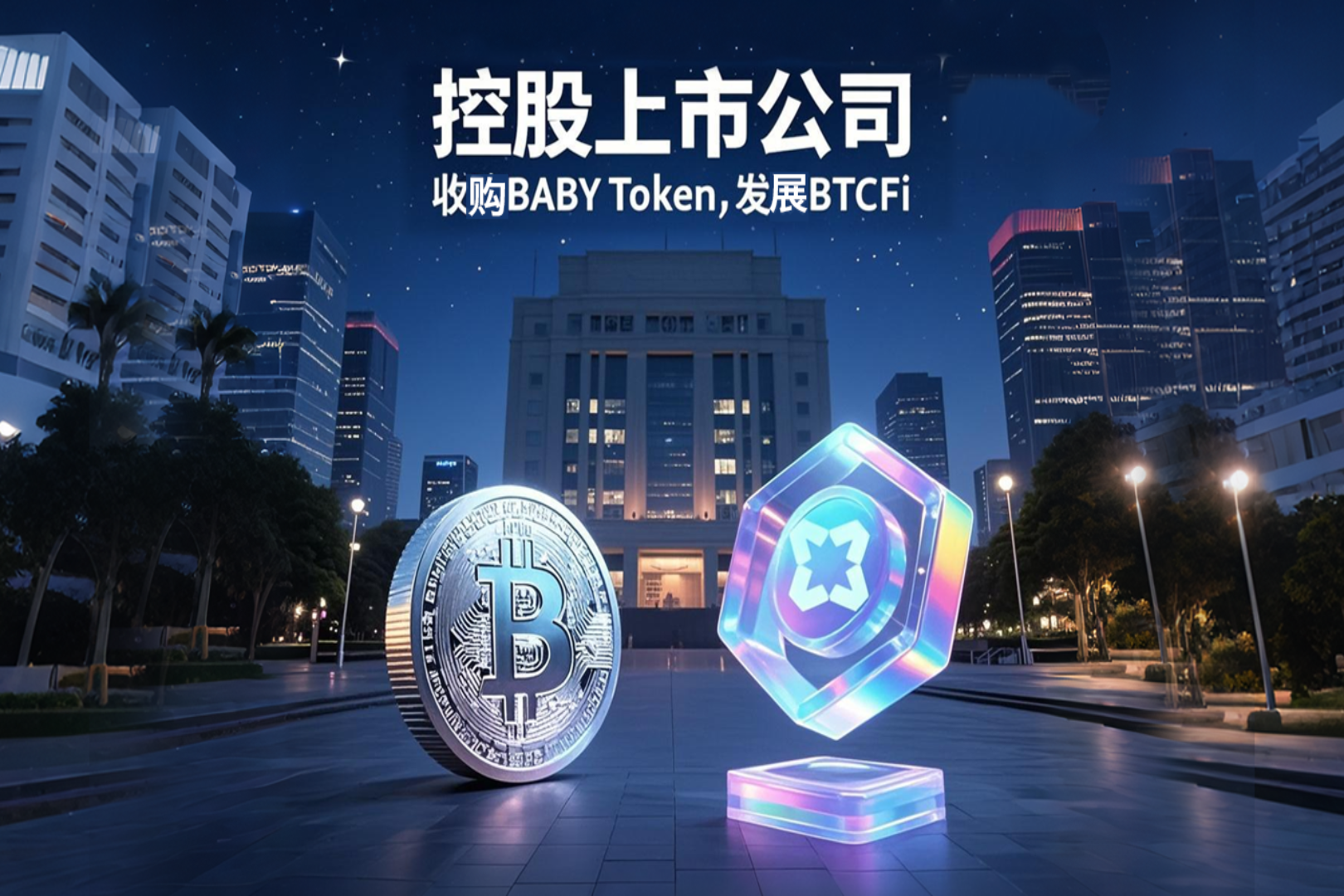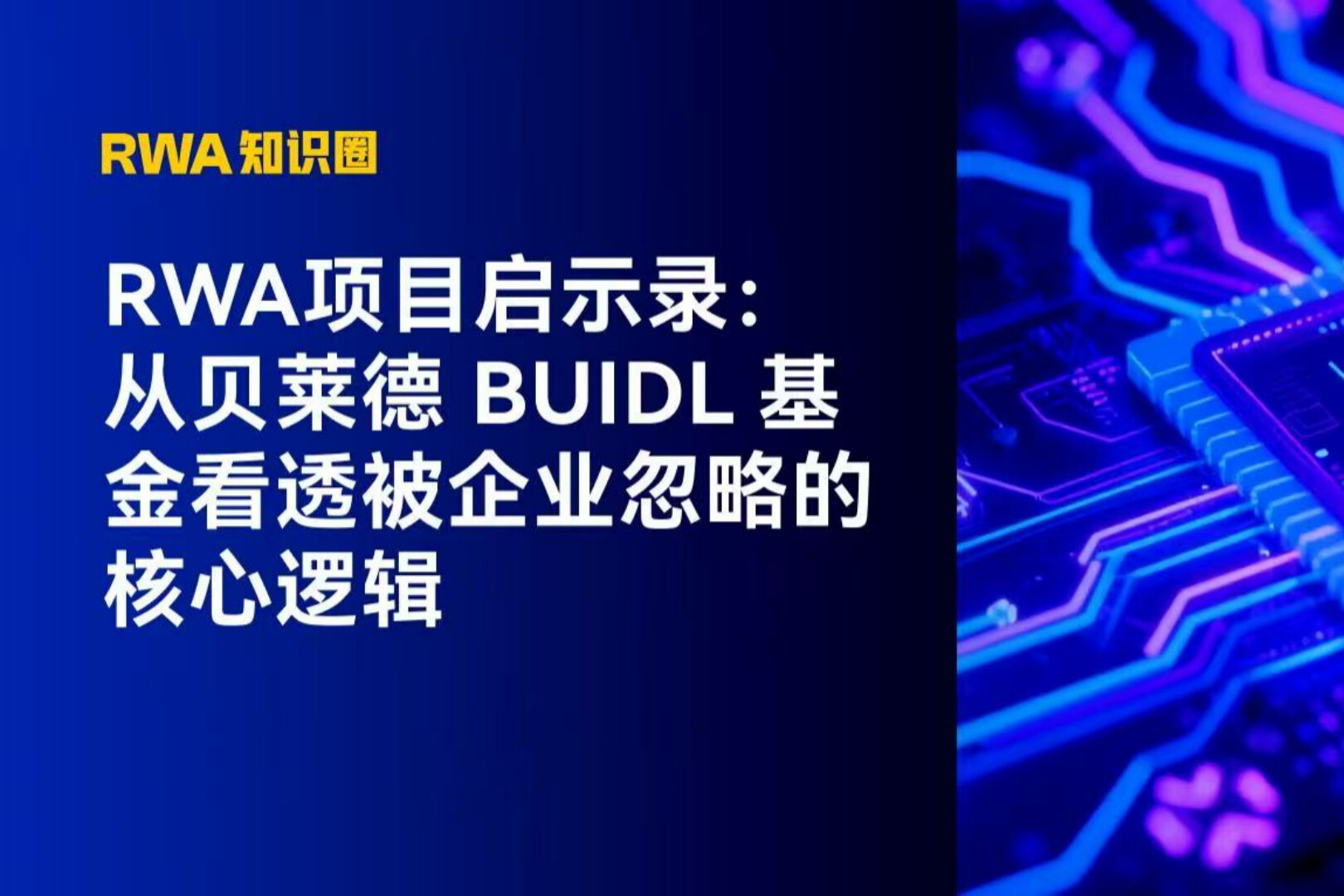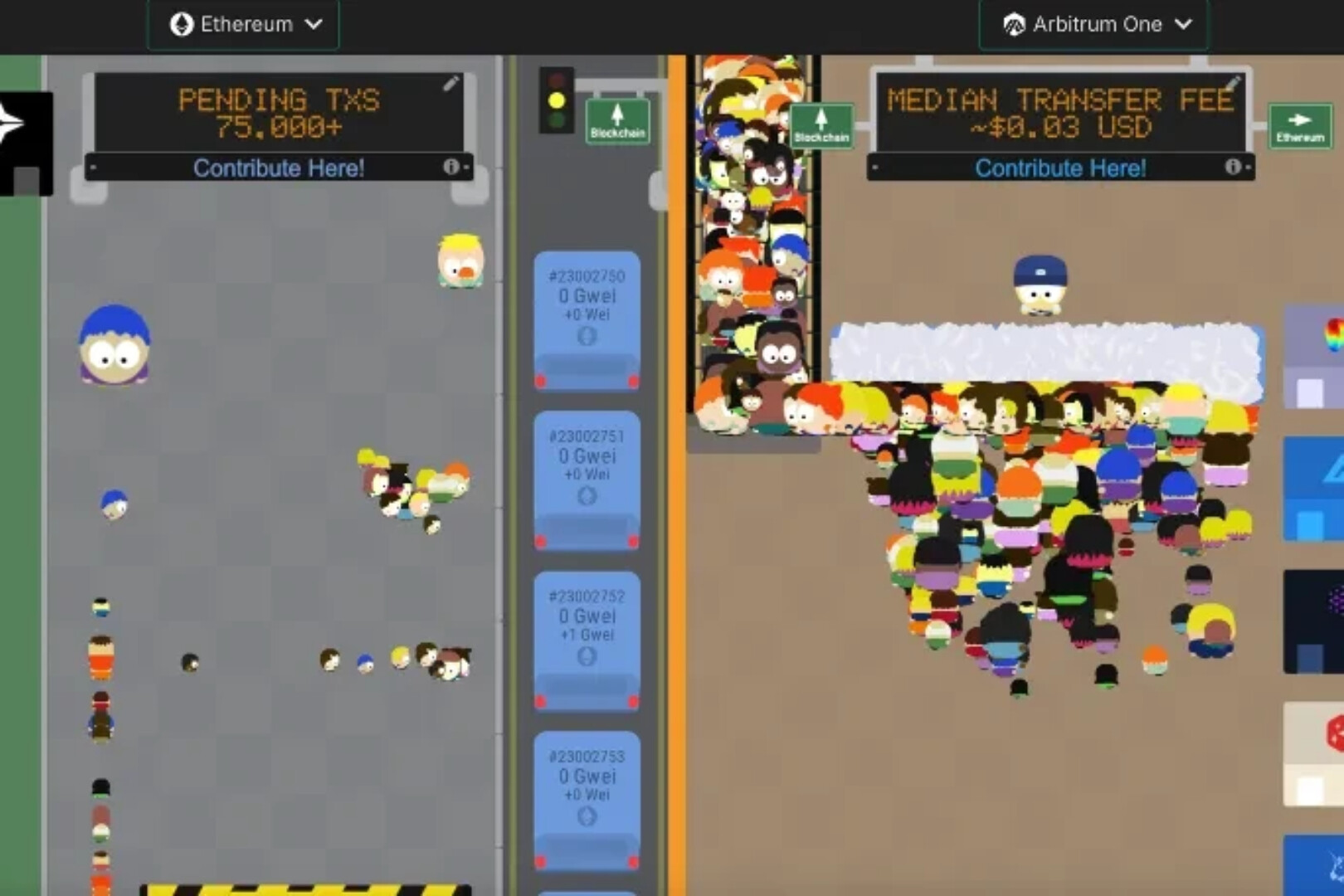
1. RWA Explosion Period: BlackRock BUIDL Fund Becomes the Benchmark for Treasury Bonds on the Chain
By July 2025, the total market capitalization of RWAs (tokenized physical assets) reached $24.52 billion, a 115.1% surge from $11.4 billion in the same period last year. Among subsectors, private credit led the market with $11.4 billion, followed by government bonds with $7.5 billion. Within the government bond market, the BUIDL fund, launched by BlackRock, the world's largest asset management group, was particularly impressive—at $2.821 billion, it accounts for nearly 40% of the on-chain government bond market. The success of this phenomenal project reflects the common key to the success of all RWA projects.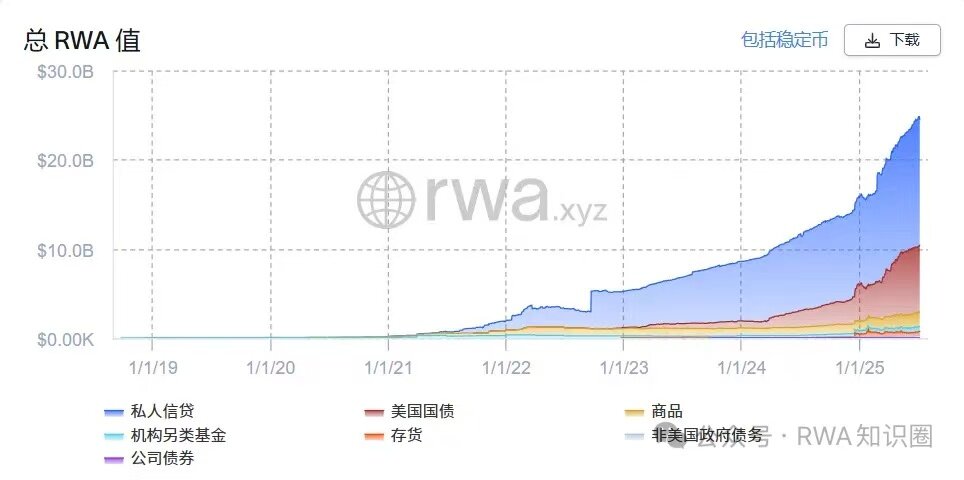
II. Compliance First: The Survival Bottom Line and Foundation of Faith for RWA Projects
In its annual letter released in March 2025, BlackRock stated bluntly: "Every asset can be tokenized, which will bring about an investment revolution." The BUIDL fund, which was launched in March 2024, is an advanced embodiment of this concept - 100% invested in a combination of cash, US Treasury bonds and repurchase agreements, becoming BlackRock's first tokenized fund issued on the public chain.
A successful RWA program must first and foremost have an absolute respect for compliance. The BUIDL Fund is issued pursuant to Rule 506(c) of the Securities Act of 1933 and Section 3(c) of the Investment Company Act of 1940, strictly limiting participation to "qualified purchasers": individuals or family offices must possess at least $5 million in investable assets, with an initial minimum investment of $5 million. They must also pass Securitize Markets' KYC/AML review and be whitelisted. This "compliance-first" approach is the core strength of the fund's appeal to institutional clients.
The improvement of the global regulatory system has strengthened the confidence of more participants in compliance. Policies such as the US Genius Act, Hong Kong's Stablecoin Regulation, and the US CLARITY Act have laid a clear legal framework for RWAs. However, for small and medium-sized enterprises, accurately interpreting complex regulations and adapting to regulatory requirements is not easy. Lack of professional teams often hinders compliance progress, making it difficult for them to advance projects as quickly as giants.
3. Ecosystem Synergy: Deep Integration of Technology and Resources is the Key to Breaking Through
Compliance is the bottom line, and resource integration is the engine that drives RWA projects forward. The collaboration between BlackRock and Securitize demonstrates an effective model for ecosystem synergy—not a simple relationship between two parties, but rather a deeply symbiotic ecosystem partnership.
Securitize plays a core role in the entire tokenization process: it serves as the technology platform for digitizing fund units, the transfer agent for issuing and redeeming funds, and the compliance gateway for investor onboarding. Its subsidiary also directly acts as the placement agent. This comprehensive support chain of "technology + services + channels" has given the BUIDL Fund a competitive advantage from the outset. More importantly, BlackRock's strategic investment in Securitize and the inclusion of senior executives on its board of directors have completely broken down barriers to collaboration between the two parties.
Challenges like integrating with blockchain technology platforms, building KYC systems, and establishing asset mapping channels are often difficult to overcome on their own. The RWA Accelerator, however, can directly connect with Securitize-level technology service providers and even assist companies in strategically investing in high-quality infrastructure companies, replicating BlackRock's ecosystem-building approach and rapidly establishing a complete issuance cycle.
4. Model Design: Economic Logic Determines the Project Lifecycle
After the technology is implemented, the economic token model becomes the lifeline of the RWA project. The design of the BUIDL fund provides a useful reference:
- The subscription process achieves a seamless connection between fiat currency and on-chain tokens - investors wire US dollars to Bank of New York Mellon, and after BlackRock purchases the underlying assets, Securitize mints BUIDL tokens at a 1:1 ratio to a whitelisted address, and the entire on-chain record is traceable.
- The redemption mechanism is a groundbreaking innovation: in addition to traditional T+1/T+2 fiat redemptions, the USDC instant redemption channel, developed in partnership with Circle, allows investors to convert BUIDL into stablecoins at any time, perfectly resolving the conflict between traditional financial settlement and the immediacy of DeFi. Etherscan data shows the high frequency of calls to the "Circle: BUIDL Off-Ramp" contract, demonstrating the market value of this design.
Of course, the whitelisting mechanism also presents the challenge of balancing compliance and openness. BUIDL cannot directly integrate with permissionless protocols like Aave and must instead be packaged and integrated through intermediaries like Ondo Finance. Regardless of the asset type—government bonds, real estate, or minerals—a token model tailored to its specific attributes must be designed. Small and medium-sized enterprises often lack professional teams, making it difficult to independently design models that meet market demands, easily leading to the "issuance-or-death" dilemma.
5. Long-term perspective: Expanding the boundaries of RWA by standing on the shoulders of giants
From compliance frameworks to ecosystem collaboration and economic model design, every step of the BUIDL Fund's implementation has provided valuable experience for the RWA industry. Its significance goes far beyond a successful project; it also provides a development path that can be referenced by the entire industry:
- Expanding asset categories: Breaking the limitation that “only standardized assets can be tokenized”, verifying the scalability potential of non-standard assets such as real estate and photovoltaic facilities, and making more types of assets possible on the blockchain;
- Deepen DeFi integration: Explore the innovative model of "compliant packaging" to enable token returns to be more flexibly integrated into the DeFi ecosystem while maintaining regulatory bottom lines, thereby releasing asset liquidity.
The value of the RWA accelerator lies in transforming the experience of giants such as BlackRock into standardized tools - from compliance templates to technical interfaces, from resource networks to model frameworks, so that more companies can stand at the forefront of the industry and seize the next wave of RWA dividends without having to start from scratch.

